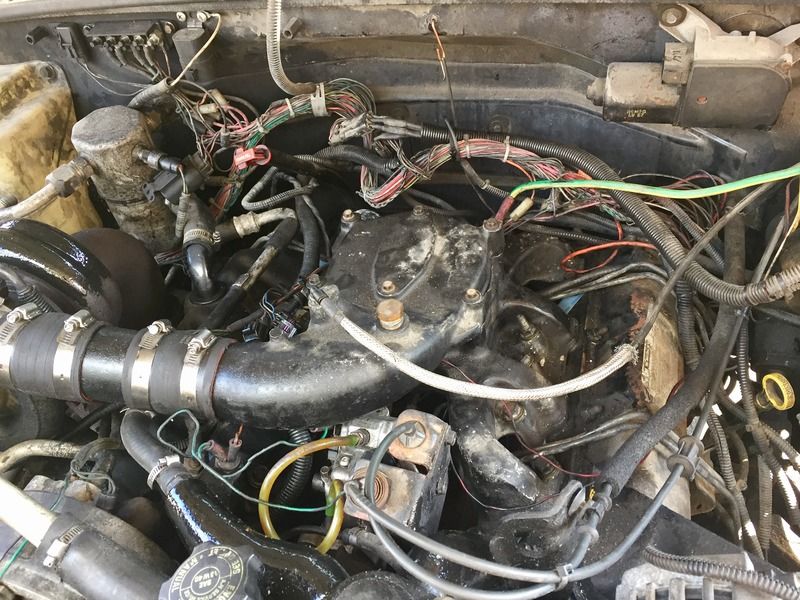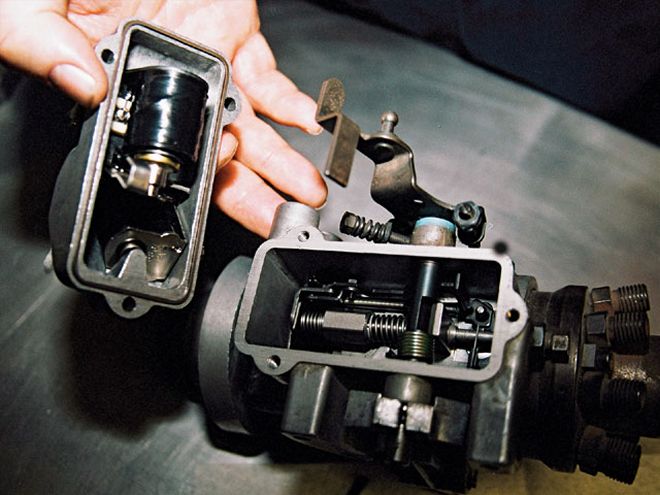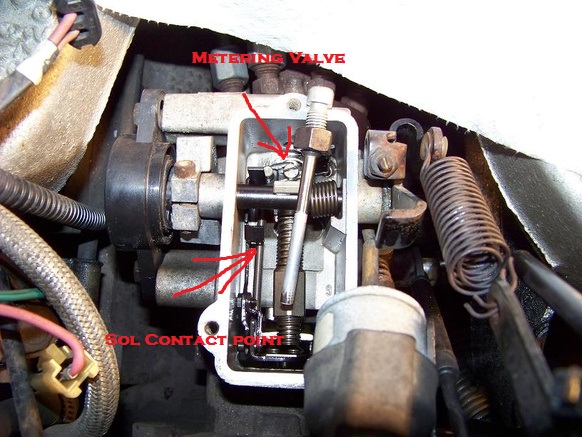93 truck's been sitting 4 years now. it quit on me and figured it was the fuel. removed the IP inlet screen expecting it to be full of poop but it wasn't. jumped the gun and swapped IP and used the same top cover with original solenoids. jumper to start solenoid gets just a spark. remove cover, jumper ground and hot and it will engage. hold it doing the same and it will shock the snot out of me.
is the solenoid bad? was this the reason it stopped on me 4 years ago? new solenoid is 75.00 with shipping. TIA.
is the solenoid bad? was this the reason it stopped on me 4 years ago? new solenoid is 75.00 with shipping. TIA.




